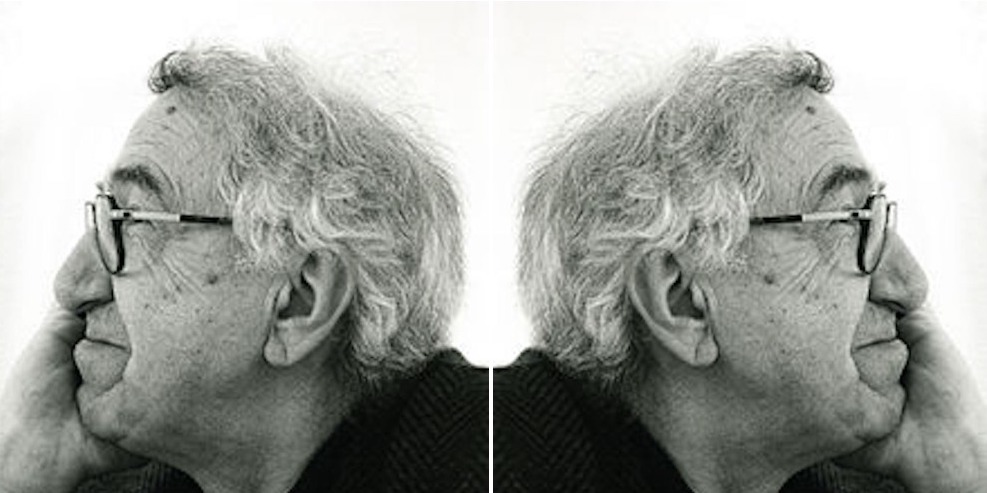We regret to inform you that our colleague Paulhans Peters (February 15, 1923) died in Munich on October 1, 2011. He was 88. An obituary, written by Wolfgang Jean Stock and published in Süddeutsche Zeitung on October 6, called him ‘Mr. Baumeister’.
Few editors could match his record: he guided the influential monthly publication for no less than 32 years, from 1959 to 1991. An architect whose doctoral thesis was on the urban development of Salzburg from the Middle Ages to the Baroque, he was obstinate and opinionated, sometimes to the point of gruffness. When assuming the editorship in 1959, he inherited a legacy that was far from easy. Traditionally conservative, Baumeister had, after 1933, thrown its lot in with the Nazi regime, going so far as to publish a militaristic obituary for Fritz Todt, the ‘Inspector General for German Roadways’. After WW2 it remained a dull and provincial magazine, in which the epoch-making works of Le Corbusier and Rudolf Schwarz were pilloried.
Paulhans Peters turned the publication around. Winfried Nerdinger, Director of TU München’s Architecture Museum, calls him a trailblazer: ‘Peters transformed the then-reactionary Baumeister, turning it into the most critical of journals.’ It at last opened itself to the world, publishing thematic issues on contemporary architecture in Finland, Israel, Japan and Brazil. In addition, Peters had a keen nose for what was springing up locally. He was the first to publish projects by such emerging Bavarian talents as Kurt Ackermann and Karljosef Schattner.
His recipe for success rested upon the principle of connecting the best German architects with architectural developments beyond the border. In his carefully researched and frequently typologically arranged editions, Peters kept his distance from everything that appeared to him fashionable or glamorous, whether Postmodern or Deconstructivist. The ‘star culture’ of our times, in which the persona of the architect is more important than the built work had always nauseated him. His passion was reserved for social buildings, dwellings offering human dignity and good workaday architecture.
He wrote books that appeared in seven consecutive decades, from the 1950s on. Of them all, he considered „Stadt für Menschen – Ein Plädoyer für das Leben in der Stadt“ (City for People – A Plea for Life in the City), which appeared in 1974 and was translated into Japanese, to be the most important. Paulhans Peters was awarded the BDA Prize for Architectural Criticism in 1980.
Shane O’Toole

0 comments on “Paulhans Peter (1923-2011)”